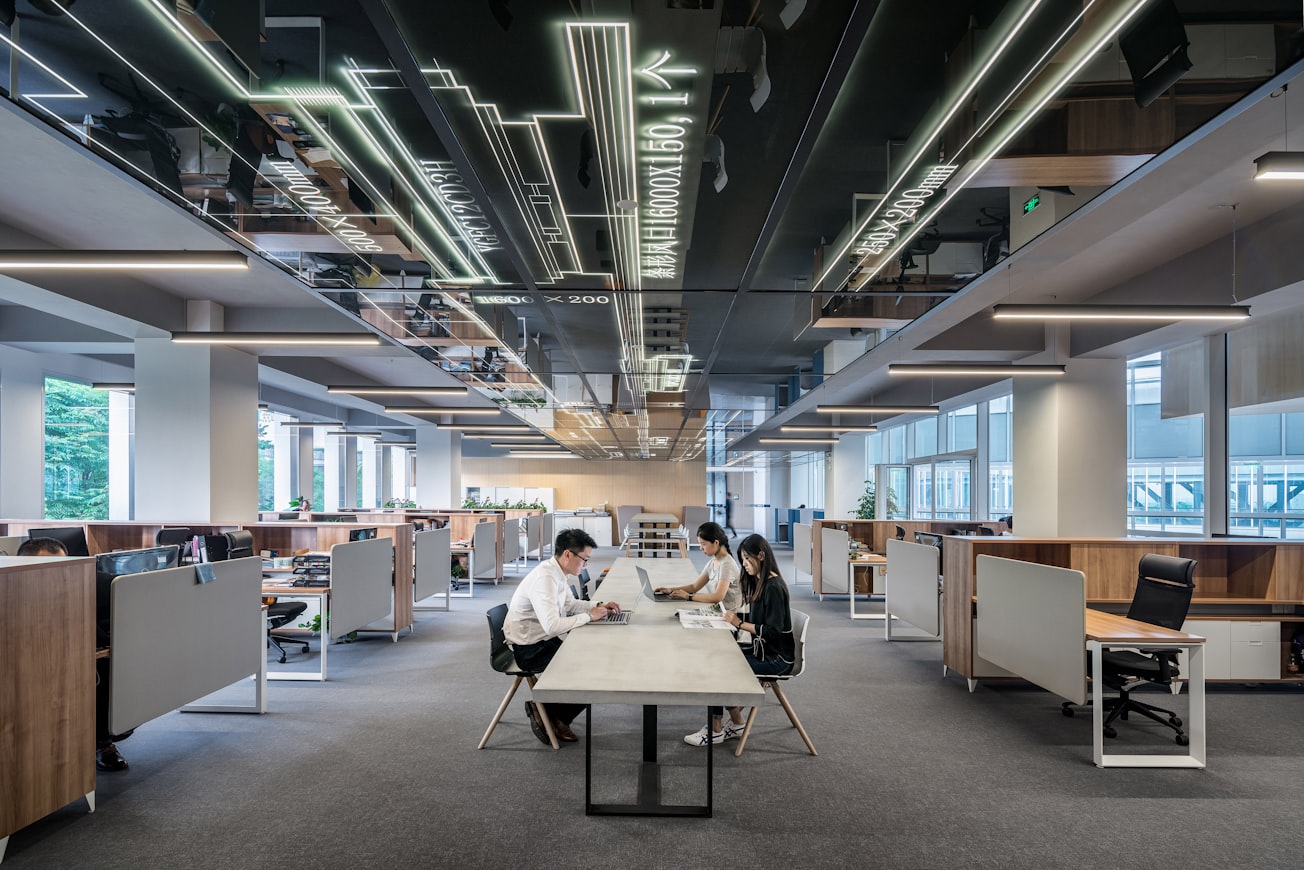What is it about?
Open-plan offices are contested - they are disliked by occupants and challenged regarding their benefits by scholarly research. Still they are the most prevalent office form. We develop a new approach for understanding open-plan and cellular offices, not just as physical structures, but as systems of opportunities for office workers to meet others. We find that cellular offices can be more open towards encountering co-workers than open-plan offices.
Featured Image

Photo by LYCS Architecture on Unsplash
Why is it important?
Our findings have implications for how offices are designed. Choices about layouts, but also seating plans and locations of everyday attractors such as the coffee machine have an impact on who meets whom in the office. This allows managers to consider which encounter structure works best for their organisation.
Perspectives
I hope this article challenges some misperceptions of open plan offices, which are too easily dismissed as noisy, disruptive, and not good for collaboration either. We show here that both cellular and open office structures can allow for co-workers to meet, depending on how they are designed in detail, and who sits where. We also argue that office layouts ideally should match the demands placed on an organisation.
Kerstin Sailer
University College London
Read the Original
This page is a summary of: Socio-spatial perspectives on open-plan versus cellular offices, Journal of Managerial Psychology, July 2020, Emerald,
DOI: 10.1108/jmp-10-2019-0556.
You can read the full text:
Contributors
The following have contributed to this page







